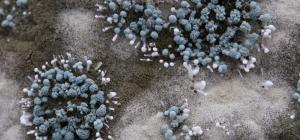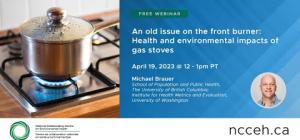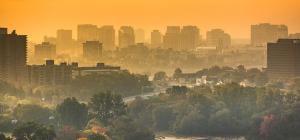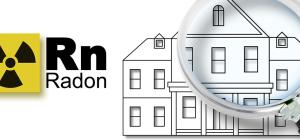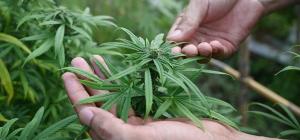As of 2018, it became legal for Canadians to grow up to 4 cannabis plants per household.
Having cannabis plants in a home poses risks but there are ways to grow more safely. Children, pets, and even adults are at risk of poisoning during cultivation processing and waste disposal. Poison control center data tells us that kids and pets are just as likely to eat unfinished joints and waste as they are cannabis cookies and candies.
Everyone should treat all cannabis products as hazardous. Control access with a dedicated grow space, label cannabis products, and keep them in a locked cupboard or container and keep local poison control information on hand.
Indoor air quality problems arise in two main ways: first young cannabis plants require high humidity to become established and when they're mature each plant can produce the moisture equivalent of seven tropical plants This can lead to fungal growth on plants and mold issues in the home. Second, carbon monoxide poisoning can occur if growers are using CO2 enrichment practices to improve plant growth. To improve indoor air quality, control mold and fungus by reducing moisture sources and using a dehumidifier and humidity monitor. Dispose of mold infested plants quickly and safely while following your local municipal waste disposal guidelines. Be sure to equip your home with a carbon monoxide detector and test it regularly.
Growers may choose to use potent chemicals to avoid crop loss. Pesticides can become concentrated in hash oils hashish and other cannabis products and can be harmful when inhaled or consumed. Improper storage of pesticides can also pose health risks. To reduce pesticide risks, ensure that the growing environment is clean uncrowded and well ventilated. Limit pesticide use and avoid those that have not been specifically approved for use on cannabis plants. Finally, make sure to follow Health Canada's general guidance on safe use of pesticides indoors.
Improperly used or installed equipment can create electrical and fire hazards. Lighting, fans, electrical overloads and the presence of compressed gas fertilizers and pesticides increase the risks of fires burns and explosions. Using solvents to produce cannabis concentrates, such as hash oil, poses additional risks of fires and burns. This has resulted in hundreds of explosions in US states that have legalized cannabis home grows. To reduce risks always comply with building electrical and fire codes. Consider the use of high efficiency, low power LED lights. Follow safety and installation instructions or hire certified installers for new equipment.
Grow lamps are used to produce high intensity UV light to increase THC content or control fungal spores but these lights can increase harmful radiation exposure. Tampering with the bulbs to boost UVC output can further increase the risk of skin and eye damage. It's a good practice to turn off UV emitting lights while in the grow space. Wear protective equipment such as long sleeves, head coverings and appropriate sunglasses to protect skin and eyes.
Even though there are health and safety concerns around growing cannabis at home, there are things you can do to reduce the risks to yourself and your family:
- Restrict access
- Monitor indoor air quality
- Be careful about using pesticides
- Avoid practices that can lead to explosions or fires and
- protect yourself from dangerous UV in the grow space.
For more information, check out these resources and visit the National Collaborating Centre for Environmental Health



